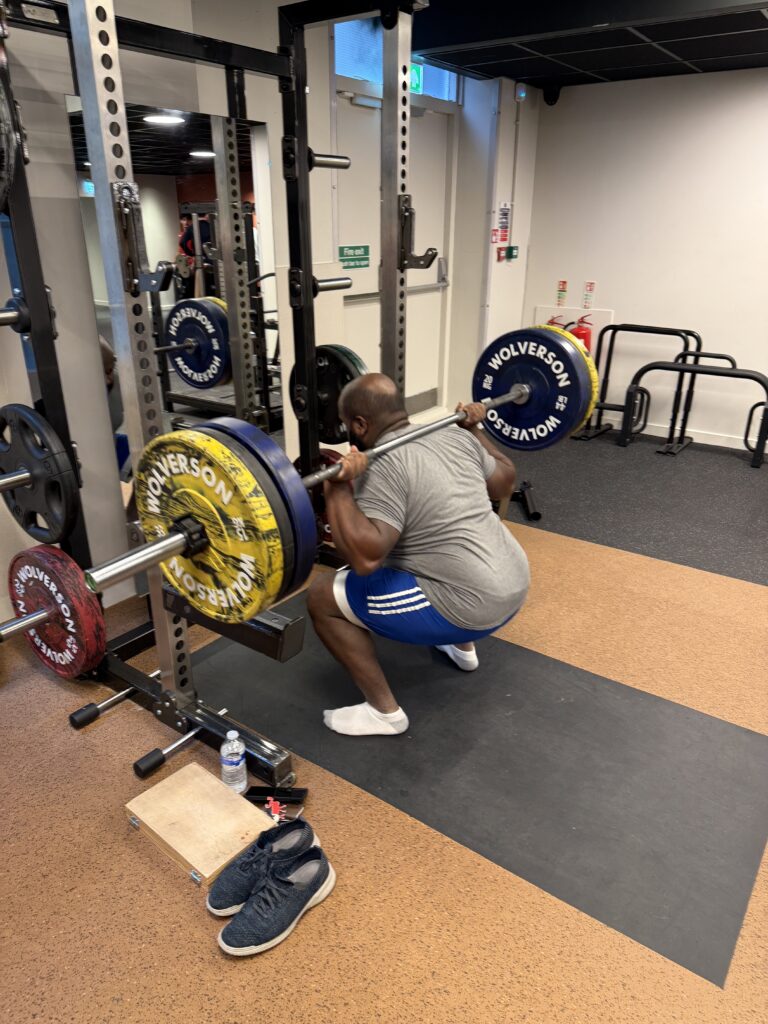Colonics, or colon hydrotherapy, have found a place in the world of modern wellness. While once considered an alternative remedy, they’re now commonly discussed in spas, wellness studios, and holistic health clinics. People often turn to colonics for various personal reasons—whether it’s digestion, bloating, or feeling sluggish. In the middle of these discussions, san diego colonics often come up as many locals search for effective ways to feel more comfortable and balanced in their routines.
What Exactly Is a Colonic?
A colonic involves gently flushing the colon with warm water through a small tube. This process may help remove waste that’s built up over time. A trained professional performs the procedure, which usually takes about 45 minutes. It’s not a cure-all, but many say it leaves them feeling lighter and more refreshed. The water loosens up matter in the intestines, which is then naturally eliminated from the body.
Why Do People Use Colonics Today?
People often use colonics as part of a broader effort to feel more in tune with their body. Some report relief from constipation or bloating, while others say it helps them reset after periods of unhealthy eating. It’s become popular among those who care deeply about gut health and digestive wellness. Many believe that occasional sessions can be helpful when they feel off-track.
Colonics vs. Other Digestive Support Methods
While probiotics, herbal teas, or fiber supplements can be daily tools for digestion, colonics take a different approach. They’re not for everyday use but are usually done periodically. This makes them more of a wellness support option rather than a primary habit. Colonics aim to support the body’s natural cleansing process in a direct way, which some people prefer when looking for quick relief.
Are Colonics Safe?
Safety depends on the practitioner and the person’s current health. When performed by trained professionals in clean, regulated environments, colonics are generally safe for most healthy individuals. However, people with specific conditions like severe hemorrhoids, Crohn’s disease, or recent abdominal surgery should speak to a medical provider first. The key is being informed and choosing a place with proper sanitation and professional standards.
What Happens During a Session?
During a colonic session, you lie on a treatment table while water flows into the colon through a sterile tube. The therapist may lightly massage the abdomen to help with the release of waste. It’s a private and hygienic process, and many say it becomes more comfortable after the first time. The session wraps up with time to rest and rehydrate.
How Often Should Colonics Be Done?
There’s no one-size-fits-all schedule. Some people may book a session once every few months, while others prefer them during times of dietary changes or seasonal shifts. It really depends on individual goals and how their body responds. Many therapists suggest starting slow and listening to how your body reacts before committing to a routine.
The Role of Diet in Supporting Colon Health
What you eat plays a major role before and after a colonic. A diet rich in fruits, vegetables, and water can help support the natural rhythm of your digestive system. Processed foods or low-fiber diets can make it harder for the body to eliminate waste effectively. Colonics aren’t a fix for poor habits, but they can feel more beneficial when paired with better food choices.
Myths Around Colonics
There are plenty of myths floating around, from claims that colonics remove all toxins to the idea that they can permanently fix digestion. The truth is more grounded. Colonics may help the body release waste that’s hard to move on its own, but they’re not a substitute for medical care. They’re best viewed as a support tool—not a miracle solution.
Who Offers Colonics in Wellness Spaces?
Today, colonics are available in a wide range of settings—from naturopathic clinics to high-end wellness studios. Some locations focus exclusively on colon hydrotherapy, while others offer it as part of a larger menu of services. San Diego colonics studios, for example, often combine the service with infrared saunas, nutrition consultations, or lymphatic drainage. Always check reviews, certifications, and hygiene practices before scheduling a session.
What to Expect After a Colonic
After a session, most people feel tired or light. It’s common to need extra water and rest. Some people notice immediate changes in how their stomach feels or how often they use the bathroom. It’s also not unusual to feel a bit emotional, since the gut and mood are closely linked. Taking time for self-care afterward helps the body adjust.
Final Thought
Colonics have moved from fringe health discussions to a more accepted spot in the wellness scene. They’re not a daily habit or a magic fix, but many find them helpful when used thoughtfully. With the right support, setting, and expectations, colonics can be one of many tools people use to feel more balanced in their digestive health. If you’re considering this step, take your time, ask questions, and focus on how your body responds rather than following trends.









